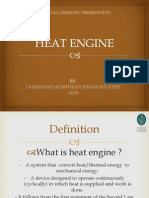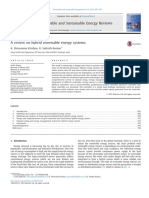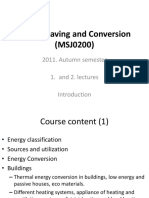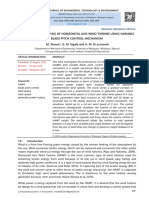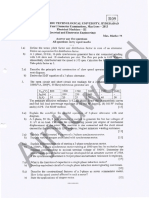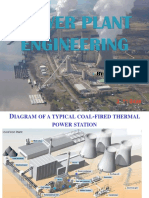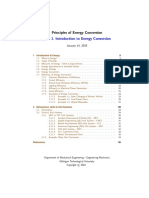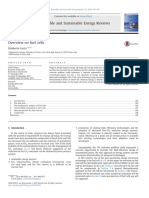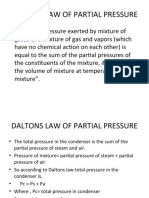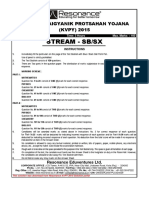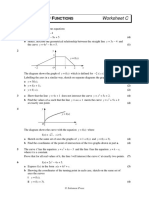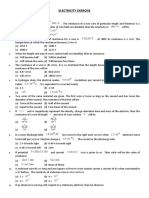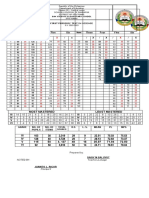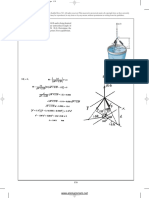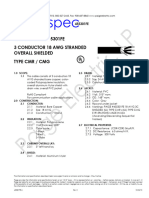100% found this document useful (1 vote)
404 views14 pagesSteam Formation: S Solid L Liquid V Vapour
The document discusses steam formation and properties of steam as represented in steam tables. It defines key terms like saturated steam, superheated steam, dryness fraction, and explains how steam tables provide thermodynamic property data for water and steam over a range of pressures and temperatures. The tables include data for saturated steam properties and superheated steam properties like pressure, temperature, specific volume, internal energy, enthalpy and entropy. Sample calculations are shown using steam table data to determine heat supplied in different processes involving changes in steam conditions.
Uploaded by
Dev PatelCopyright
© © All Rights Reserved
We take content rights seriously. If you suspect this is your content, claim it here.
Available Formats
Download as PPTX, PDF, TXT or read online on Scribd
100% found this document useful (1 vote)
404 views14 pagesSteam Formation: S Solid L Liquid V Vapour
The document discusses steam formation and properties of steam as represented in steam tables. It defines key terms like saturated steam, superheated steam, dryness fraction, and explains how steam tables provide thermodynamic property data for water and steam over a range of pressures and temperatures. The tables include data for saturated steam properties and superheated steam properties like pressure, temperature, specific volume, internal energy, enthalpy and entropy. Sample calculations are shown using steam table data to determine heat supplied in different processes involving changes in steam conditions.
Uploaded by
Dev PatelCopyright
© © All Rights Reserved
We take content rights seriously. If you suspect this is your content, claim it here.
Available Formats
Download as PPTX, PDF, TXT or read online on Scribd
/ 14







